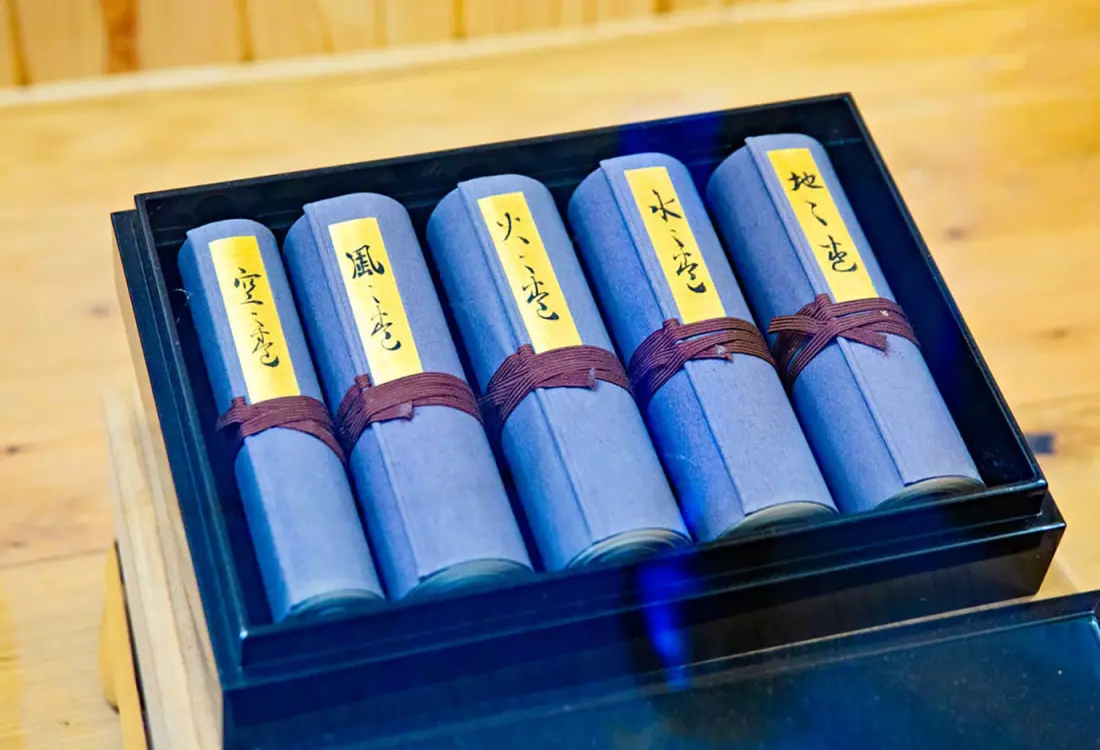
Musashi Miyamoto
Perhaps the Best Samurai Swordsman in Japan
The majority of the Japanese people know Musashi Miyamoto as Japan’s most famous and most skilled swordsman. His status among the Japanese has reached mythic proportions in the same measure that Westerners would give to Muhammad Ali or Michael Jordan. The life of Musashi is the gold standard of samurai in Japan.
Musashi won his first duel at the age of 13 and would participate in at least 60 more duels, never losing once. His final duel at the age of 30 was legendary, as he faced off against another master swordsman, Kojiro Sasaki. Musashi's victory against Sasaki is the subject of many paintings and Japanese classic stories. Musashi created the Hyoho Niten Ichi Ryu or "School of Two Heavens as One." This is a reference to his unique style of swordsmanship where he uses two swords, a long one (odachi) and a short one (kodachi).
Part of appreciating Kyushu is understanding the influence of its samurai past, and nowhere can this be better seen than in Kumamoto Prefecture. Musashi spent an important part of his life in Kumamoto, so those who wish to learn more about him should begin their journey here.
The best method to undertake a Kumamoto tour of Musashi’s life is through a taxi-guided tour by making a reservation at the Jousaien Tourist Information Center, just across from Kumamoto Castle. The places on the Musashi tour are difficult to access unless you have a car and, unless you have extensive knowledge of samurai culture, you won't get as much out of your visit without a knowledgeable guide.
My guide was a friendly local, Masayoshi Fujimoto, who provided me helpful and interesting facts about Musashi. Mr. Fujimoto was very sensitive to COVID 19-related safety procedures, including adhering to social distancing guidelines, wearing mask and gloves, and having a transparent plastic shield between the passenger and driver sections.


Our first stop on the Musashi tour is a hidden gem that most tourists overlook but it is a worthwhile stop for studying Kumamoto's past. The Shimada Museum first opened in 1977, showcasing the private collection of Masatomi Shimada, an independent antique art researcher. Thanks to Shimada's tireless work of collecting and preserving historical materials and antique artifacts, visitors can get a glimpse of the history and traditions of its samurai culture.
The small private museum is built on the site of the master's late former home. Much of his collection dates back to the time Musashi lived, and several pieces are directly related to him. Shimada used to say that it is polite to sit down in order to best appreciate the beauty of these antiquities, such as the paintings, calligraphy, and the workmanship of the swords, so I sat and admired his incredible collection. Photography is prohibited within the museum but I was able to capture the beauty of the grounds and fall foliage outside the museum.


After the Shimada Museum, we headed to our next Musashi destination which is located west of Kumamoto City. The city fell away as we ascended the beautiful forested hills of Mt. Kinpo and during the drive, Mr. Fujimoto shared a fascinating fact about the alleged connection between Musashi and the Tokyo Skytree Tower, the tallest freestanding tower in the world.
The builders of the Skytree decided on the final height of the tower, 634m, because in ancient Japanese, the numbers six, three, and four were, respectively pronounced mu, sa, and shi. One reason for the height of Skytree is that it was built on the site of the ancient province of Musashi and the other reason, allegedly, was to honor the swordsman the Japanese people love and respect.

We arrived at Unganzenji temple, which is an ancient Buddhist temple dating back to 1351. The temple and surrounding area are perfect for quiet meditation, attracting monks, poets, and samurai warriors over the centuries. The temple is stunningly adorned in fall colors with a golden path of fallen ginkgo leaves. At the entrance to the temple, you will find copies of relics and art attributed to Musashi, which shows that he was more than just a gifted fighter.
As a painter, calligrapher, and writer, Musashi's mastery of other disciplines was of the highest order. It is no surprise that he has been compared to Leonardo da Vinci. One relic of particular interest to Musashi fans is a copy of the scrolls of his most celebrated work, Gorinnosho or The Book of Five Rings. This book was written towards the end of his life at Reigando Cave, which is situated just behind the temple, my next destination in my exploration of Musashi’s life.


Along the way to Reigando Cave, I passed a rocky hill dotted with the peaceful statues of the enlightened 500 followers of Buddha called rakan. The carvings were created by a rich merchant in 1779, taking over 25 years to complete. Unfortunately, a good number of the statues are now headless due to earthquake damage but most are intact, allowing you to enjoy the many different expressions found on each rakan. Mr. Fujimoto told me that if I look closely at the faces, there is a chance I might find a face that resembles someone I know.

Rounding a final bend and descending a set of stairs, I finally stood outside the entrance of Reigando Cave, the home of Musashi during the final years of his life. Musashi was invited by Hosokawa Tadatoshi, a feudal lord of Kumamoto, as a guest to his castle town. Since Hosokawa himself was an avid swordsman, he wished to be instructed in Musashi's unique style of swordsmanship. But the opulent lifestyle of Hosokawa's castle town was not the ideal place for meditation and writing for Musashi. He wrote in The Book of Five Rings that a samurai is not to have any attachment to the material things of this world but to live a life of simplicity, as all things would eventually pass away. Life couldn’t get less simple than living in a cave in a hillside.

Inside the center of the cave is a large stone on which Musashi sat and meditated. There is also an altar enshrined to the goddess Iwato Kanon, built there after Musashi's time. Musashi wrote in his book that although you shouldn't depend on them, you are, nevertheless, to respect Kanon and the other gods. For Mushashi, a life of meditation is of utmost importance. The first-time reader of The Book of Five Rings will be surprised to find that his book isn't just about sword-fighting techniques and strategy but also a treatise of his philosophy on proper living. Musashi often ended a section of his teaching with the words, "You must reflect on this well." As I sat on the rock and looked out of the mysterious cave, it was easy to picture him reflecting on his own words as he wrote.
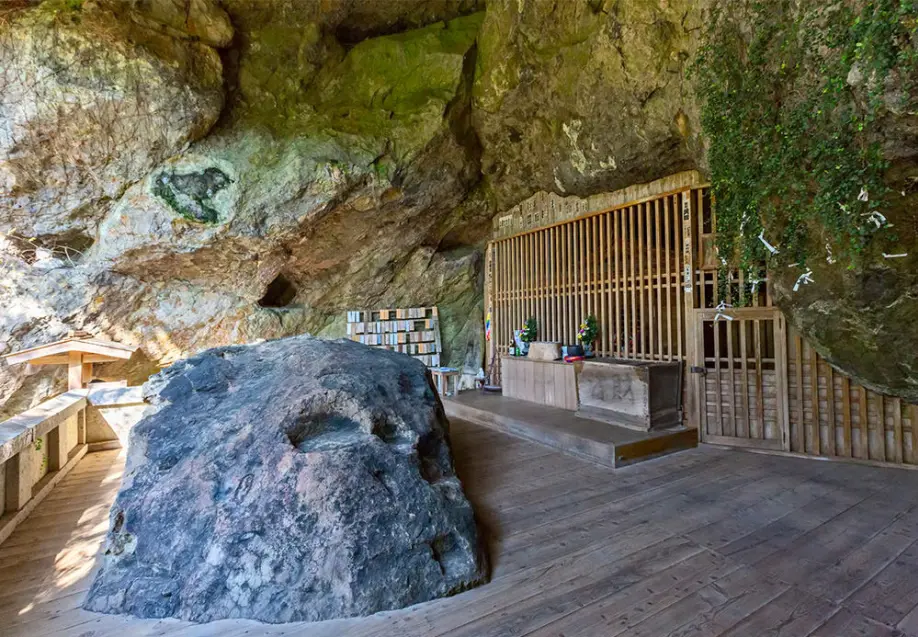

The last stop on my tour was Musashi' tomb, inside a bamboo forest called Nishi-no-Musashizuka, the "Western Grave of Musashi." I asked Mr. Fujimoto why it was called "western" and he told me that there is an ancient rumor that only Musashi's sword was buried in eastern Kumamoto and his actual body was buried in Nishi-no-Musashizuka. Even more intriguing is that Musashi's tomb is actually located inside the family grave of Terao Nobuyuki, one of his pupils. Nobuyuki's brother, Terao Magonojo, was the one in whom Musashi entrusted his book, The Book of Five Rings. At that time, the book was not written for the general public, but only for those who studied under the master swordsman.
Mr. Fujimoto pointed out the location of Musashi's tomb, which was much smaller than the tombs belonging to the Terao brothers. Shouldn't the master have a bigger monument than his students? Anticipating my question, Mr. Fujimoto explained that had Musashi been alive, he would have preferred it this way. The life of the greatest samurai swordsman was also a life of simplicity and humility. It was a perfect ending for the tour, giving me a special appreciation and understanding of Musashi and the rich yet simple life he modeled for an entire nation.


Note: This blog post was written during a time when preventive measures for COVID-19 were being undertaken. These measures are expected to be relaxed going forward.

Riz
Riz is a freelance writer, photographer, and adjunct university lecturer. He once mistook wasabi for matcha ice cream. Having lived in Japan for 20 years, Riz no longer makes this mistake. He is happily married, has 3 children, and one skittish cat.
 Enjoy The Relaxing Nature And Intriguing History Of Unesco World Heritage Amakusa
Enjoy The Relaxing Nature And Intriguing History Of Unesco World Heritage Amakusa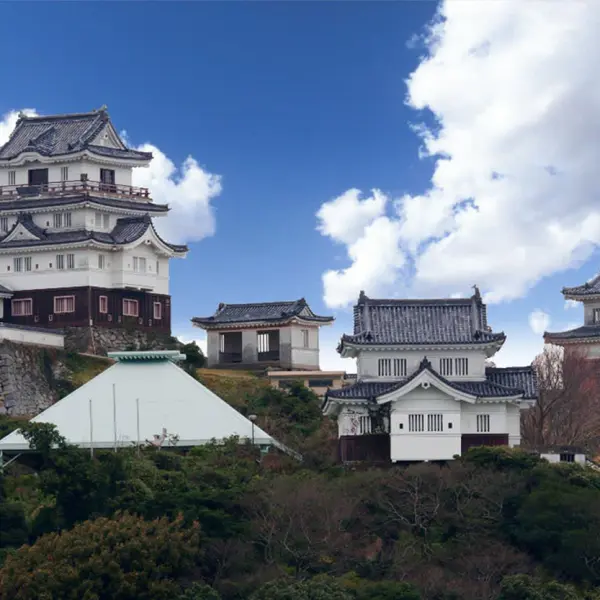 Hirado Castle Stay
Hirado Castle Stay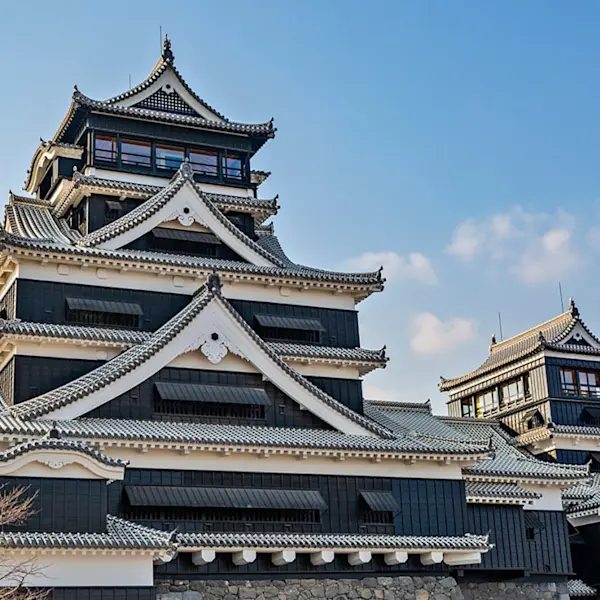 Kumamoto Castle: Exploring the History
Kumamoto Castle: Exploring the History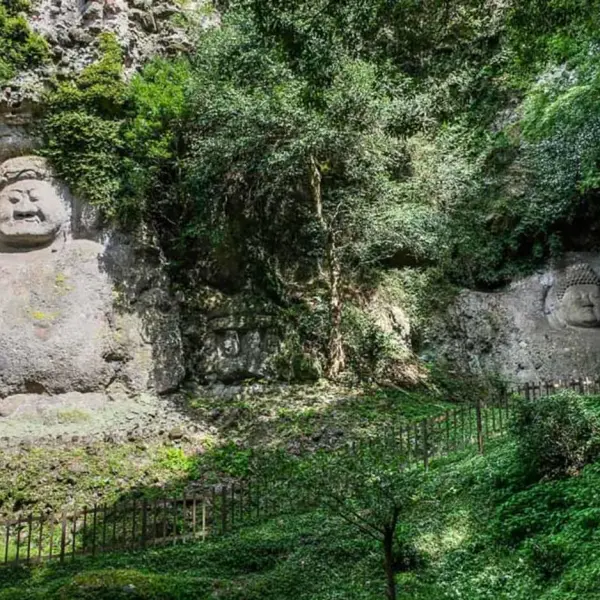 The Spiritual Trek of Kunisaki’s Rokugo Manzan Temples and Sites
The Spiritual Trek of Kunisaki’s Rokugo Manzan Temples and Sites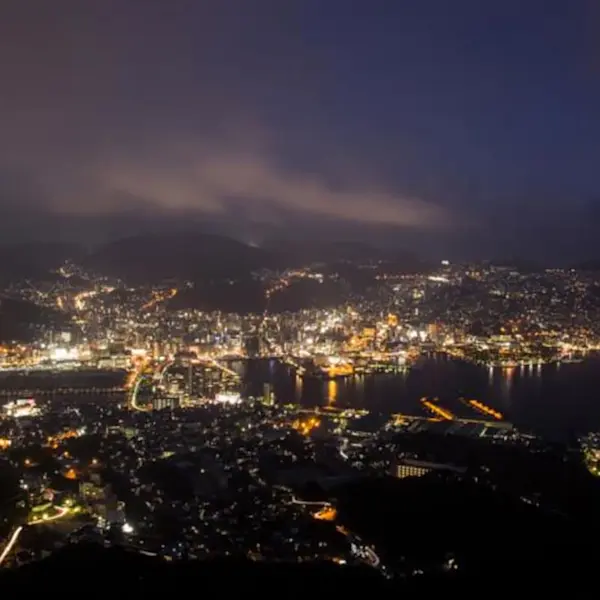 Trade, War and Religion: The Many Faces of Nagasaki City
Trade, War and Religion: The Many Faces of Nagasaki City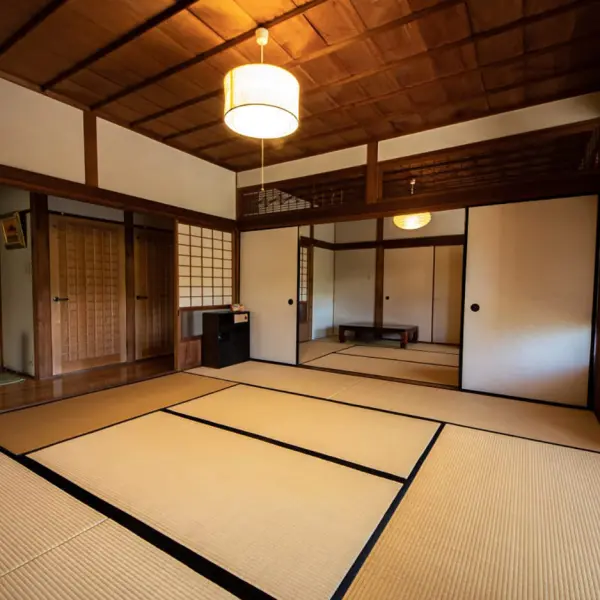 Exploring Obi Castle
Exploring Obi Castle Kitakyushu Highlights: Kokura Castle and Kawachi Wisteria Garden
Kitakyushu Highlights: Kokura Castle and Kawachi Wisteria Garden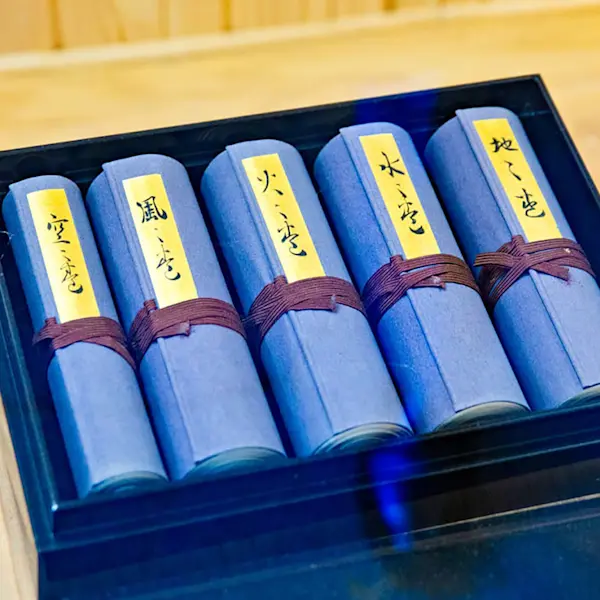 Musashi Miyamoto: Perhaps the Best Samurai Swordsman in Japan
Musashi Miyamoto: Perhaps the Best Samurai Swordsman in Japan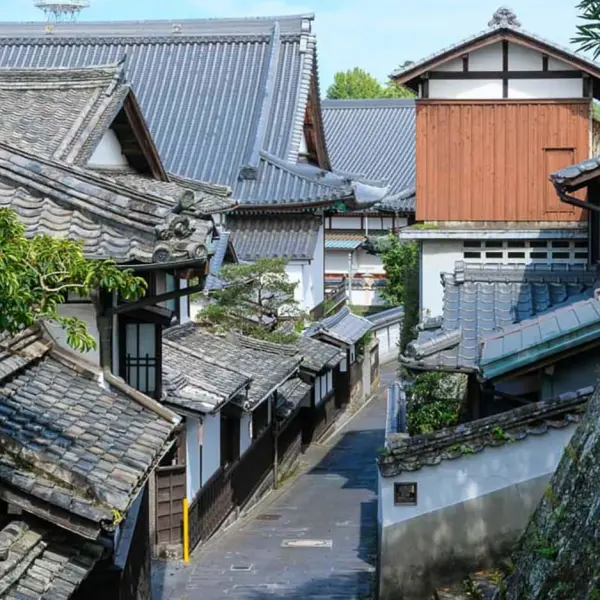 Usuki's Samurai District and Edo Period Castle Town
Usuki's Samurai District and Edo Period Castle Town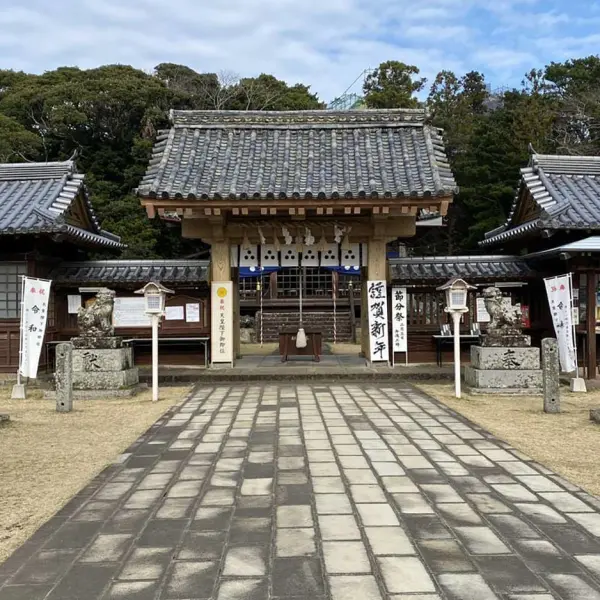 Hirado Matsuura Clan: Over 1,000 Years of History
Hirado Matsuura Clan: Over 1,000 Years of History




